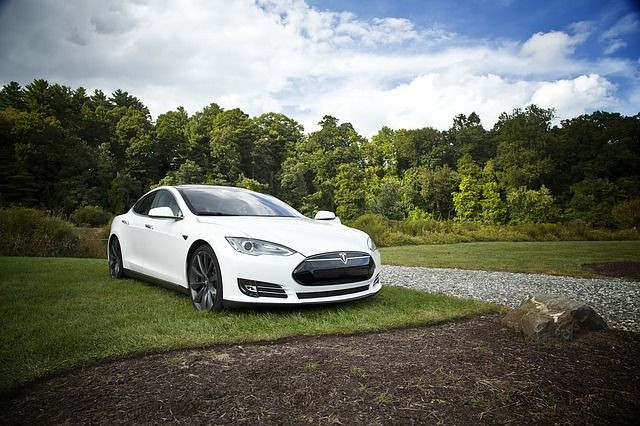Tesla Model 3 South Korea Price Is Shockingly Cheap, Much Cheaper Than US
Tesla announced the formal launch of the Model 3 in South Korea as part of its efforts to penetrate and dominate the growing EV market. The keynote from the lunch is the starting price which has been slated at $26,500.
The Model 3 standard range plus is being priced at the equivalent of $43,120. The reason it gets so cheap is because of the national governments' incentives for purchasing electric vehicles. Each purchase comes with a subsidy of $7,400. The provincial governments also dish out incentives of their own, and that is how a $38,990 EV flagship in the U.S. became worth 26,500 dollars.
Considering the base trim of the model 3 is fitted with standard autopilot and safety package features, it is arguably the best value for money bargain within the Korean auto sector.

The Model 3 is expected to allow Tesla to access South Korea’s auto market, which was previously proving to be hard for the Model S and the Model X.
Tesla buyers allegedly did not have access to the incentive provided by the Korean market. The reason for this was a non-issue. For an electric vehicle to be eligible to government incentives, the car had to be able to charge within 10 hours of using the standard outlets fully. That would provide an unfair head-start to vehicles with small batteries and shorter ranges.
Tesla’s with larger battery packs would only be able to charge if they used level 2 chargers rather than standard outlets. After realizing the error in 2017, the South Korean government fixed the regulation, and Tesla managed some wiggle room in making the market accessible to the other classes.
The Model S and X start at the $91,000 and $98,000 before the incentives are a factor and that places them out of reach for the conventional middle-class buyer. Considering the model 3 now starts at almost four times below the others, it could become the most practical EV available in South Korea in terms of the specs and pricing.
South Korea is a large automotive market with a million cars sold every year, but it is dominated by local brands such as KIA and Hyundai. The increase of the subsidies should work towards offsetting their market share in the coming years.
The local brands are also disadvantaged in that they do not have a prominent EV department. With market interest drifting towards self-driving and EV alternatives, they could soon find themselves losing their customer base.
© Copyright IBTimes 2024. All rights reserved.





















